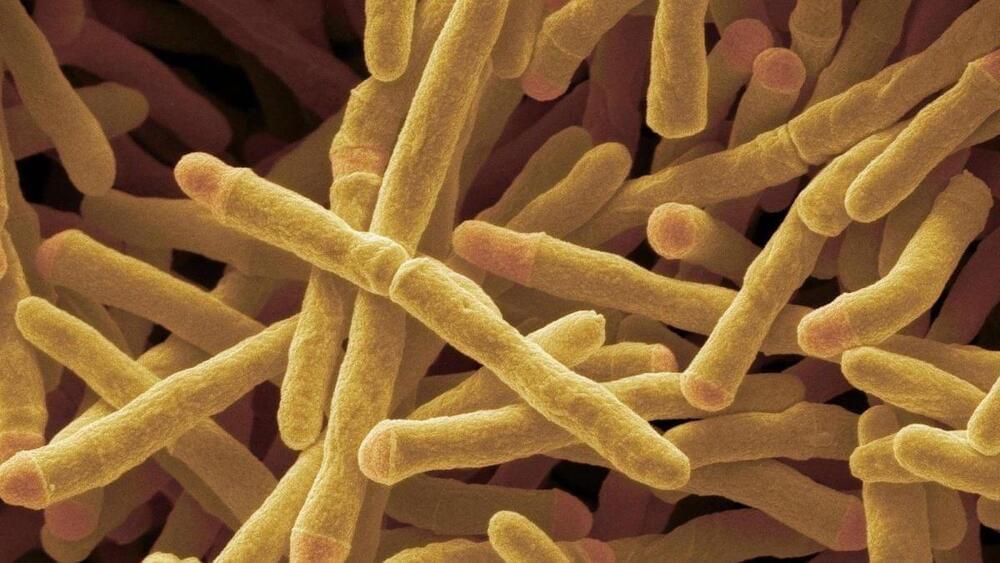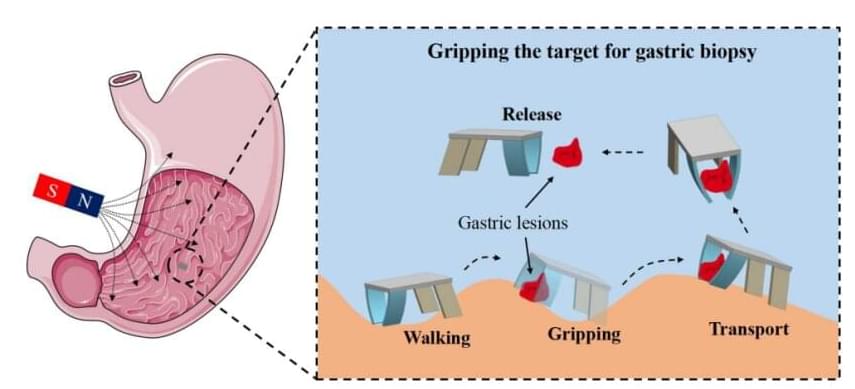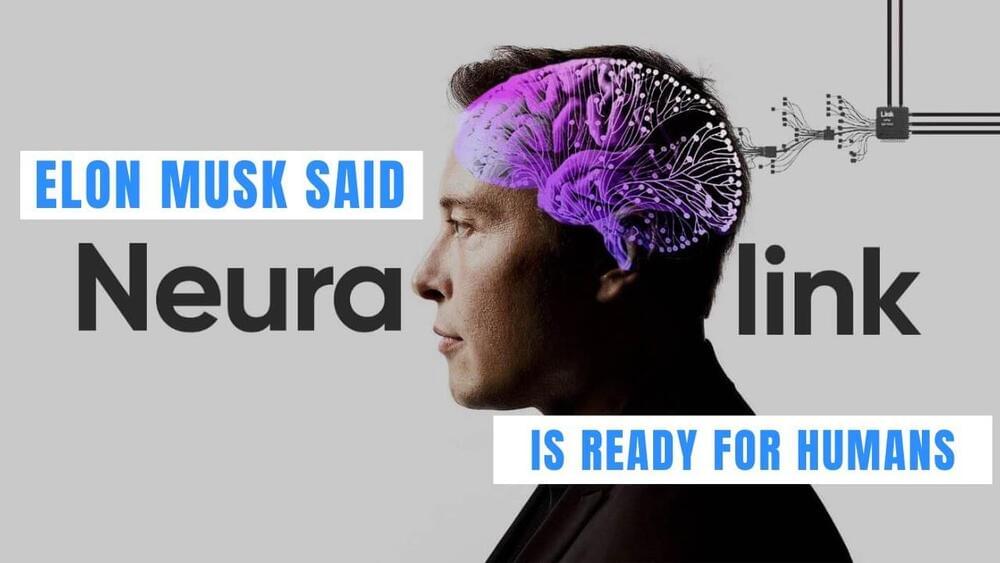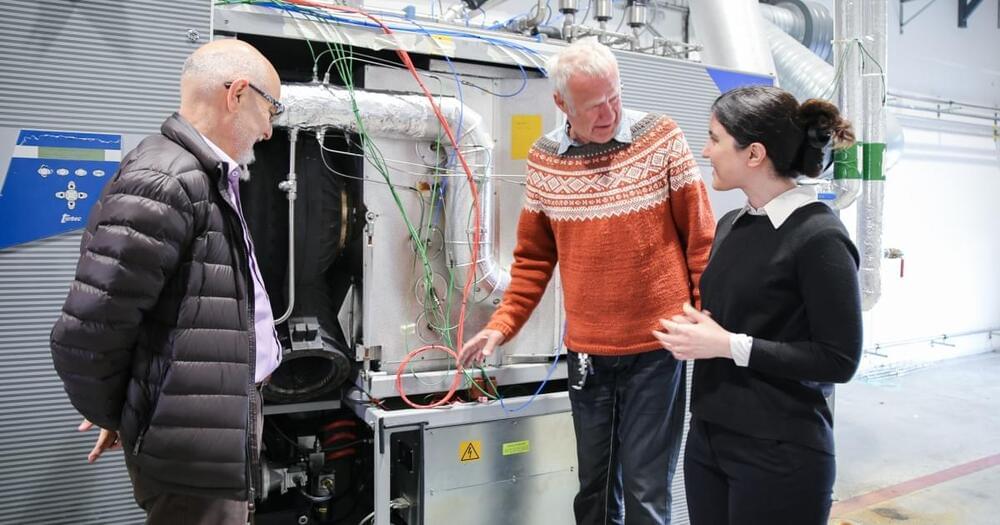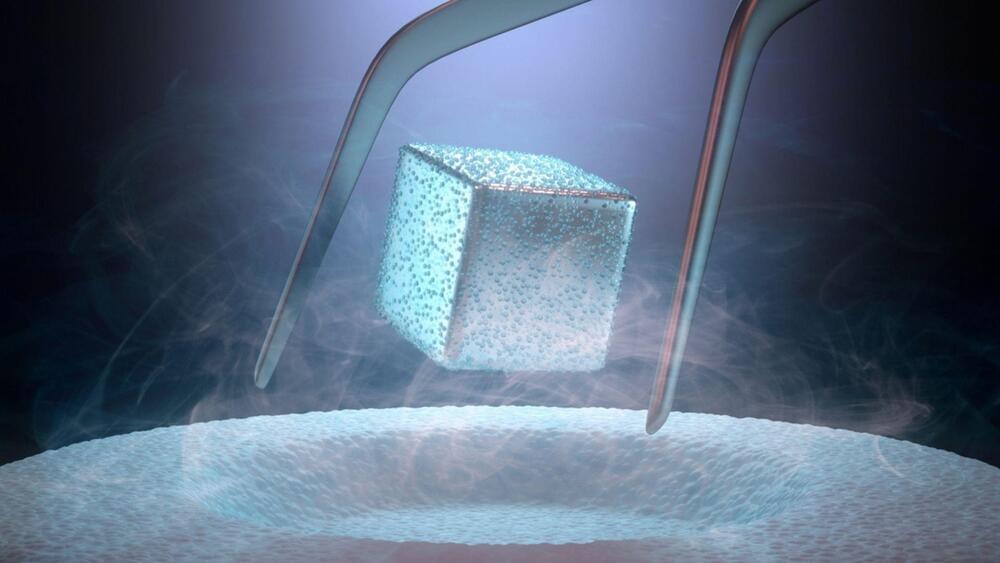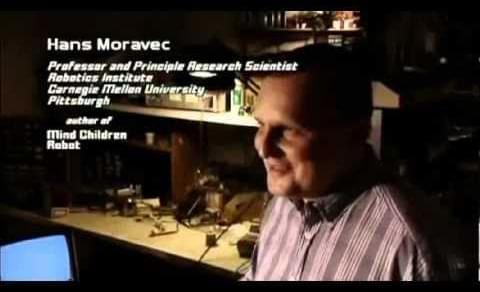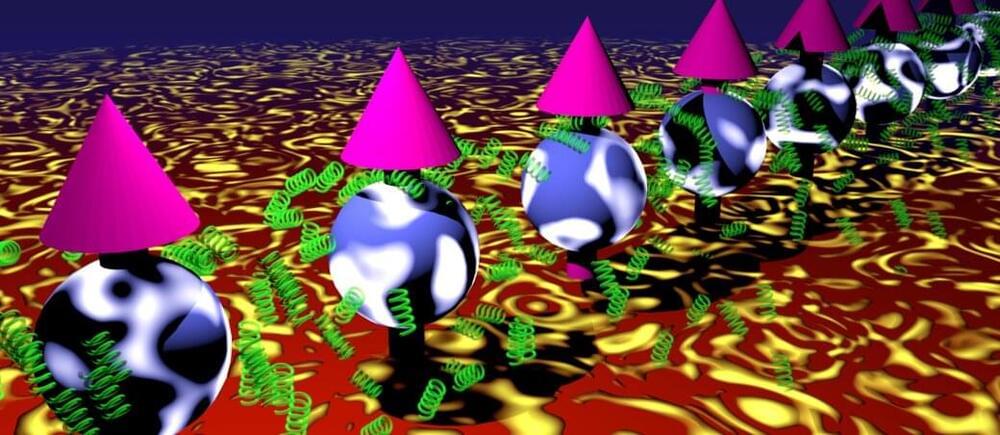A relative of the tuberculosis bacterium has long been known to convert hydrogen from the air into electricity. Now, scientists have discovered how.
Are they pushing Maverick to retirement?😅
A group of researchers has claimed that an artificial intelligence-powered fighter pilot has beaten all humans in a close-range dogfight.
Recently, a research team from Shenzhen Institute of Advanced Technology, Chinese Academy of Sciences, proposed a bionic quadruped soft thin-film microrobot actuated by magnetic fields with a mass of only 41 mg, which promises to be applied to stomach examination and treatment. Researchers realized the multimodal locomotion control of the soft microrobot in magnetic fields and the grasping and transportation of micro-objects by the soft microrobot.
The new paper, published in Cyborg and Bionic Systems, details the process of making the microrobot and the magnetization process, presents the mechanism of microrobot’s locomotion and cargo transportation, and demonstrates the microrobot transporting multiple microbeads from different locations to the target position.
Untethered microrobots have received much attention for their potential in biomedical applications and small-scale micromanipulation. “Due to the fact that magnetic fields are harmless to biological cells and tissues, magnetic fields are widely used to actuate microrobots for biomedical applications,” explained study author Tiantian Xu, a professor at the Shenzhen Institute of Advanced Technology, Chinese Academy of Sciences.
During a conference with Morgan Stanley, Tesla CEO Elon Musk reiterated the promise that the company’s next-generation vehicle will operate mostly in autonomous mode. The event was primarily focused on Twitter, but Musk fielded questions about Tesla and SpaceX during the latter half of the conference. One of the questions was about the potential capabilities of the company’s upcoming vehicle, which was previously discussed at Tesla’s Investor Day event. The promise of a mostly autonomous vehicle is not new for Tesla, but it continues to generate interest and speculation from investors and the public alike.
Tesla’s upcoming vehicle, which will be manufactured at the company’s latest factory in Mexico, is anticipated to function in “almost entirely autonomous mode.” Tesla has been working on developing Full Self-Driving for a few years now, and the company’s CEO, Elon Musk, has consistently stated for at least four years that Teslas will be able to drive themselves. Despite impressive strides made in this area, Tesla’s vehicles are still not completely capable of autonomous driving.
Well, after this, I read one opinion under Teslarati that said “We need a cheap practical everyday driver that my mom can drive. Not another autonomous dream car. I really hope Tesla has a plan B for when the next gen car is ready and FSD is not.” Now, some of you guys may say, if you want a cheap EV go get a Chevy Bolt. But here is the thing: If Tesla wants to sell 20 million teslas per year they are going to have to appeal to the masses.
#tesla.
Elon Musk’s company Neuralink has developed a technology that can link human brains to computers, and according to Musk, it is now ready for human testing. This groundbreaking technology has the potential to revolutionize the way we communicate and interact with machines, and could pave the way for new treatments for neurological disorders. With the announcement that Neuralink is ready for human testing, the future of human-computer integration is closer than ever before.
#neuralink #elonmusk #braincomputerinterface #humanenhancement #neurotechnology #futurismo #transhumanisme #neuroscience #innovation #technews #mindcontrol #cyborgs #neurologicaldisorders #futuretechnology #humanpotential #ai #neuralengineering #brainimplants #humanmachineinterface #brainresearch #brainwavesound
University of Stavanger operates a micro gas plant in south-west Norway. The gas turbine produces both heat and electricity. It also supplies hot water for heating the laboratory buildings in the immediate area. In addition, surplus energy is supplied to power provider Lyse’s district heating and electricity grids. All energy is used efficiently.
The researchers have been working on developing a method for using pure hydrogen as fuel in the gas turbine. The goal is to produce electricity with zero CO2 emissions. In mid-May 2022, an important milestone was reached. They started running the turbine on 100 percent hydrogen.
Researchers at the University of Stavanger (UiS) have managed to run a gas turbine on 100 percent hydrogen.
Ktsimage/iStock.
“With this material, the dawn of ambient superconductivity and applied technologies has arrived,” said the press release, which was published today by a team led by Ranga Dias, an assistant professor of mechanical engineering and physics.
This is a clip from Technocalyps, a documentary in three parts about the exponential growth of technology and trans-humanism, made by Hans Moravec. The documentary came out in 1998, and then a new version was made in 2006. This is how the film-makers themselves describe what the movie is about:
“The accelerating advances in genetics, brain research, artificial intelligence, bionics and nanotechnology seem to converge to one goal: to overcome human limits and create higher forms of intelligent life and to create transhuman life.”
You can see the whole documentary here: https://www.youtube.com/watch?v=fKvyXBPXSbk. Or, if you’re more righteous then I am, you can order the DVD on technocalyps.com.
Researchers have found a way to predict the behavior of many-body quantum systems coupled to their environment. The work represents a way to protect quantum information in quantum devices, which is crucial for real-world applications of quantum technology.
In a study published in Physical Review Letters, researchers at Aalto University in Finland and IAS Tsinghua University in China report a new way to predict how quantum systems, such as groups of particles, behave when they are connected to the external environment. Usually, connecting a system such as a quantum computer to its environment creates decoherence and leaks, which ruin any information about what’s happening inside the system. Now, the researchers developed a technique that turns that problem into its a solution.
The research was carried out by Aalto doctoral researcher Guangze Chen under the supervision of Professor Jose Lado and in collaboration with Fei Song from IAS Tsinghua. Their approach combines techniques from two domains, quantum many-body physics and non-Hermitian quantum physics.
The phrase “I’ve never seen anything more beautiful” should only be used for fractals. Sure, there is the Mona Lisa, The Starry Night, and The Birth of Venus (which all have been ruined by AI-generated art, by the way), but I don’t think any artist or human could create anything royally amazing as fractals.
